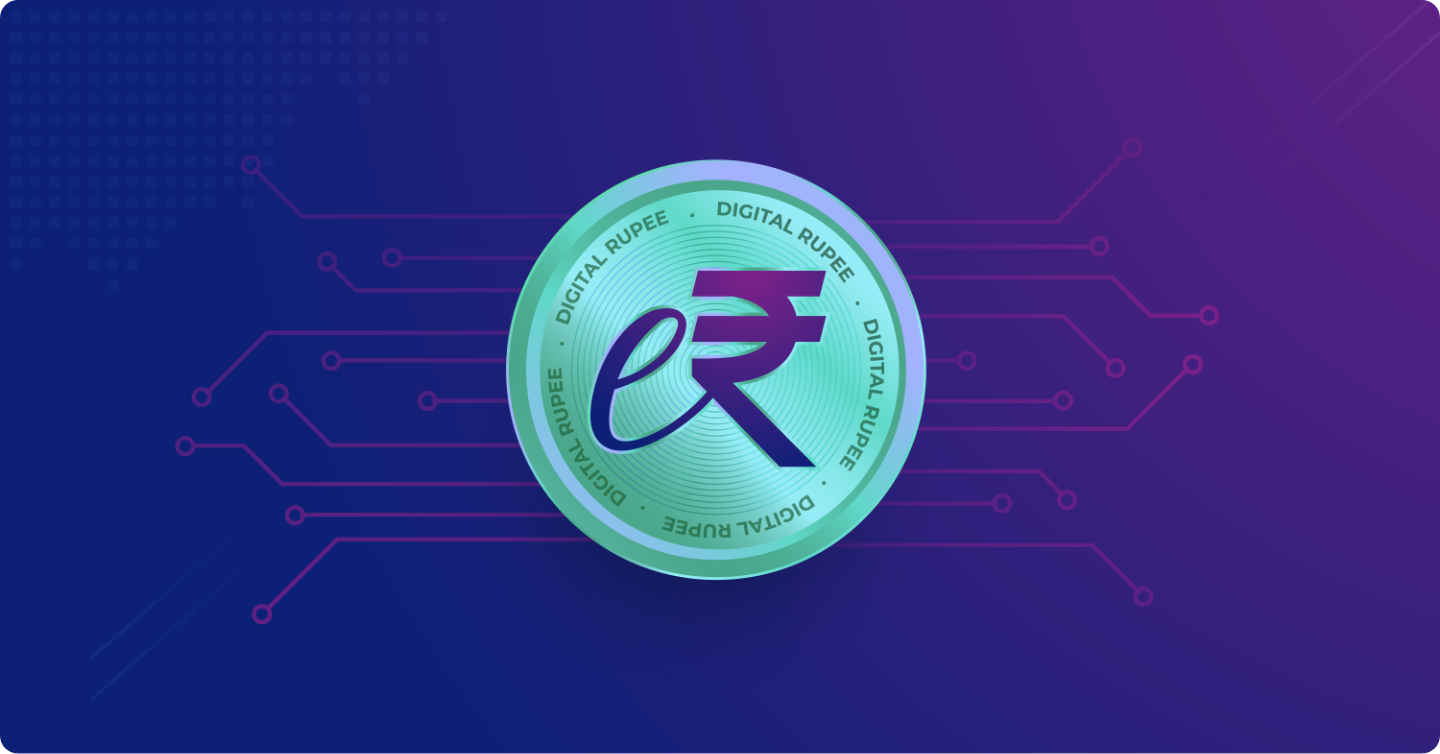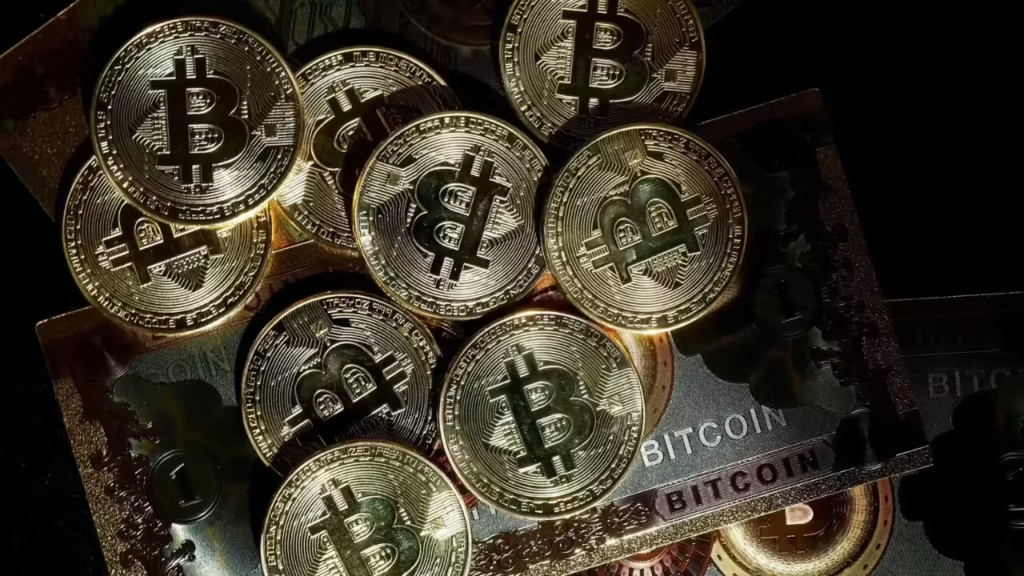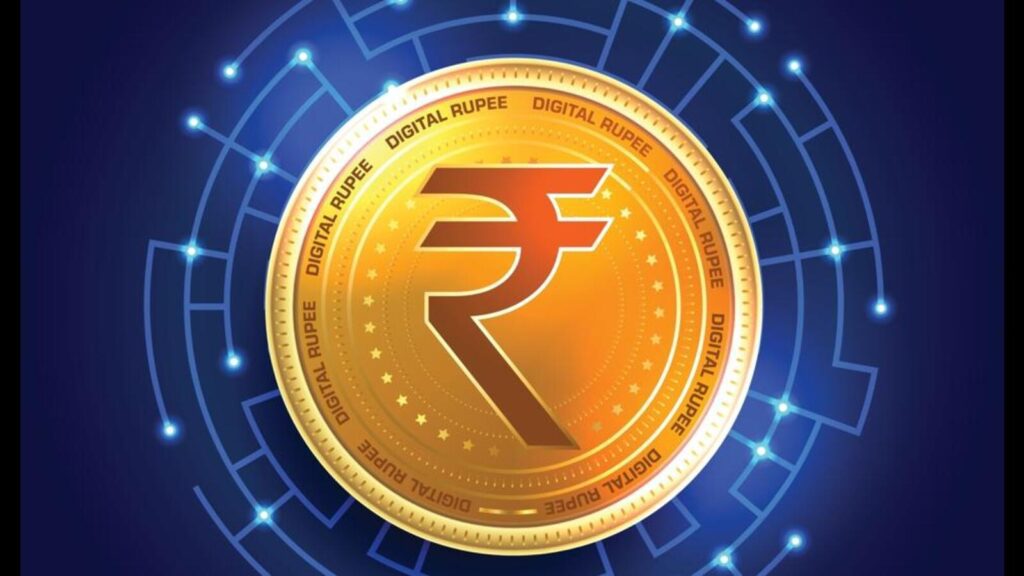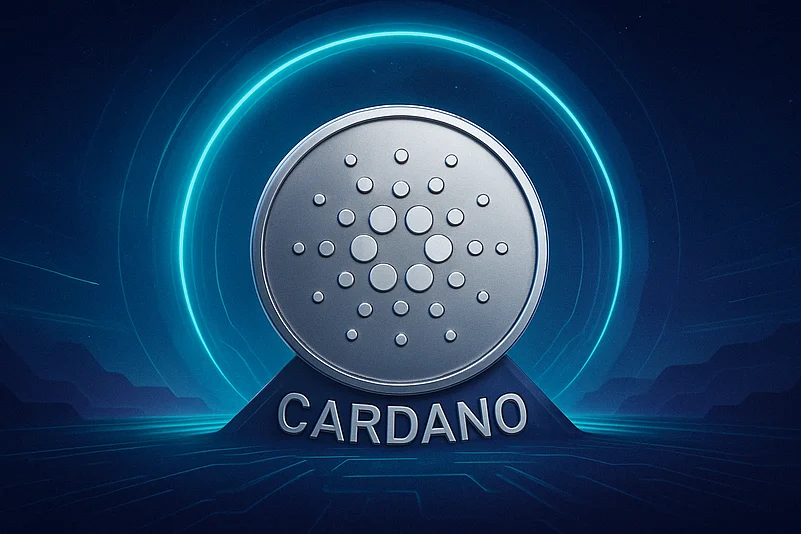Now Reading: Digital Rupee Comes to Town: What e₹ Means for Payments Locally
-
01
Digital Rupee Comes to Town: What e₹ Means for Payments Locally
Digital Rupee Comes to Town: What e₹ Means for Payments Locally

The Reserve Bank of India’s digital rupee, or e₹, is slowly moving from pilot projects to everyday use, and it could reshape how people in smaller towns make payments. Unlike cryptocurrencies, the e₹ is backed by the RBI, making it as safe as regular cash but far more convenient. For Tier-2 cities, where digital payments are already growing, this new form of money could open fresh possibilities for both businesses and individuals.
The e₹ is essentially a digital version of the rupee that can be stored in a wallet app on a smartphone. Just like using UPI, people can make transactions quickly without needing physical cash. The difference is that this money comes directly from the RBI, meaning it has the same value and reliability as a regular note. For local shopkeepers and small traders, this could reduce their dependence on cash and make transactions faster.
One of the biggest advantages for smaller towns is accessibility. Many people still rely on cash due to limited banking facilities. With the e₹, they could skip the need for a physical bank account and still participate in digital transactions. This could also help migrant workers send money home at lower costs compared to traditional channels.
At the same time, challenges remain. Not everyone in Tier-2 cities owns a smartphone or is comfortable with digital wallets. Internet connectivity in semi-urban areas can also be patchy, which may limit the smooth use of the e₹. Educating users and improving infrastructure will be critical to make the system widely successful.
The digital rupee is not here to replace UPI or cash overnight, but it adds another layer to India’s growing digital economy. For local communities, it could mean safer payments, reduced cash handling, and easier transfers. The real impact will depend on how quickly adoption spreads and whether people feel confident using it in their daily lives. For now, the e₹ is a step toward making money truly digital, even in small-town India.

























